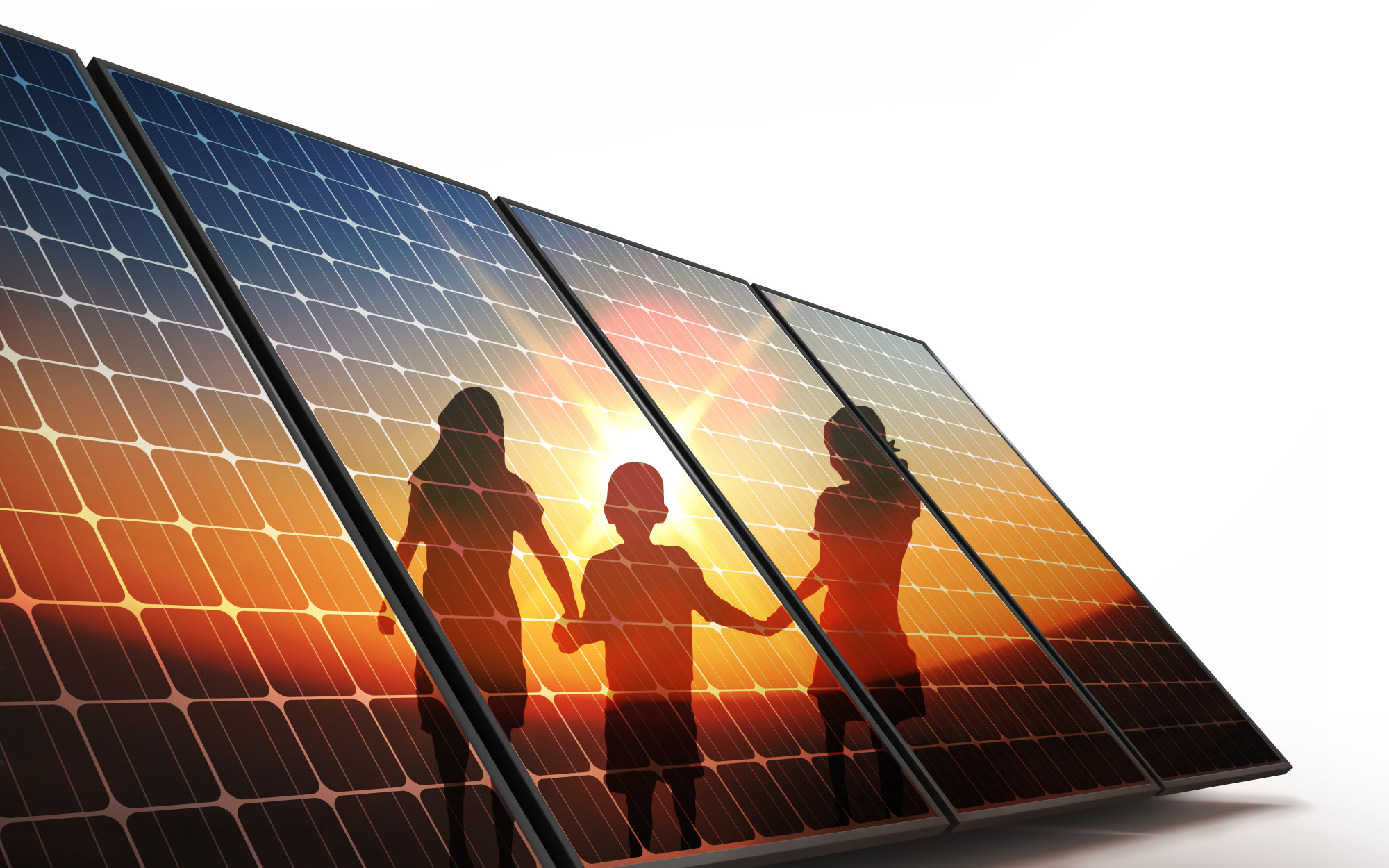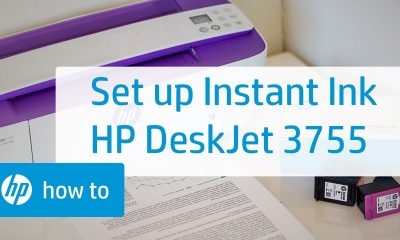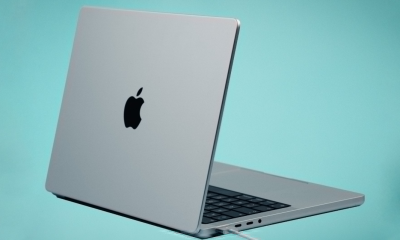Technology
How Does the Technology Behind Solar Power Work?

Solar power is the way of the future. Before you get solar panels installed, learn how solar power technology really works.
As of 2019, only 4% of homeowners were using solar panels to power their homes. However, around 46% of homeowners said they were thinking of investing in solar power energy.
If you’ve been thinking of taking advantage of solar power tech for your home, it helps to have background knowledge on solar power.
So, how does solar power technology work? You’ve come to the right place for help!
Keep reading this quick guide which explains the mechanics behind solar energy technology, so you have a better idea of what to expect once you start taking advantage of this sun energy for yourself.
What Are Solar Panels Made Of?
The first key to learning about solar power is understanding more about solar panels. In the simplest terms, photovoltaic (PV) cells are inside solar panels.
These cells look like a reflective window, and they contain both a positive and negative layer of semiconductive materials, which creates an electric field. This is similar to the components of a battery.
How Do Panels Generate Electricity?
When the sun shines, it naturally releases energy in the form of photons. Then, solar panels absorb those photons into the PV cells. By doing so, the cells can convert the photons into a current that powers your home. Those are the basics, but let’s dive a little deeper.
When the solar cells absorb the photons, it creates an electrical current by triggering a positive and negative charge. From there, the PV cells convert that into a direct current, but that’s not enough to power your home. The solar cells require an inverter to convert the direct current into an alternating current.
Most of the time, a solar panel system relies on a single inverter to convert the direct current power into alternating current power. Once the alternating current is ready, it flows through your home, allowing you to use solar energy to power your lights, TVs, appliances, and more.
If your solar panels produce more power than your home needs, you can then store the excess energy in a solar battery. Or, you have the option to sell that power back to your electric utility through net metering. The choice is up to you!
How Does Weather Impact Solar Energy Production?
Now that you know more about how solar panels work, it’s clear that without the sun, none of it would be possible. But, have no fear! Your solar panels will also work on cloudy days.
Even on gloomy days, your panels are able to absorb photons from the sun. However, the energy output from your panels will be less than on clear days. So, if you live in an area that gets a fair share of cloudy days, talk to local solar installers about the kind of production you can expect to get from adding panels to your home.
Take Advantage of Solar Power Technology
After reading through this brief guide to how solar power technology works, it’s time to decide if solar panels are the right choice for your home.
Interested in learning more before you make your decision? Check out our other informative articles before you go!




















